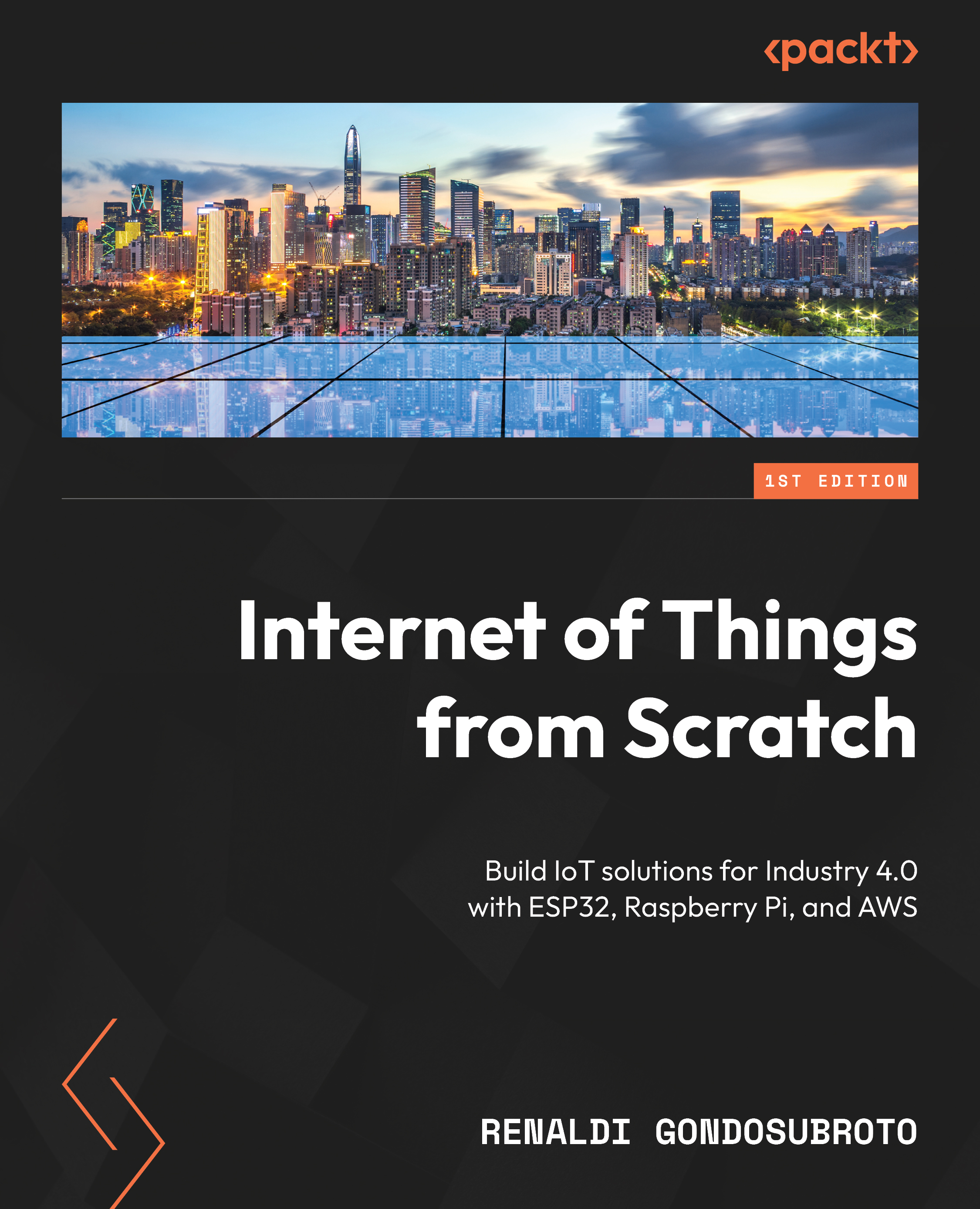Summary
In this chapter, we learned what IoT is, how we utilize it in our everyday lives despite it not being the massive presence it is in large industries, and what the four pillars that constitute it are. We then set up our development environment, laying the foundation for the rest of the book. This involved configuring the ESP32 development and GitHub environments and introducing a simple IoT demo to familiarize you with the hardware and workflows we’ll be using throughout the book.
This chapter focused on selecting IoT hardware, covering considerations for different types and the trade-offs involved to ensure you choose the best option for your specific use case. We then discussed how to design a simple IoT system diagram, which will be the foundation for our more complex designs in the coming chapters, and how to connect smart objects to create the smart ecosystem that constitutes the IoT.
The hands-on experience was further enhanced by building a mini weather station in this chapter, allowing you to put the theory and skills you picked up thus far into practice and getting you more comfortable with working with IoT projects.
In the next chapter, we will be looking at the fundamentals of designing IoT networks and what to consider when doing so. This will build further on our skills for designing diagrams and making appropriate design factor decisions based on our use case.



























































